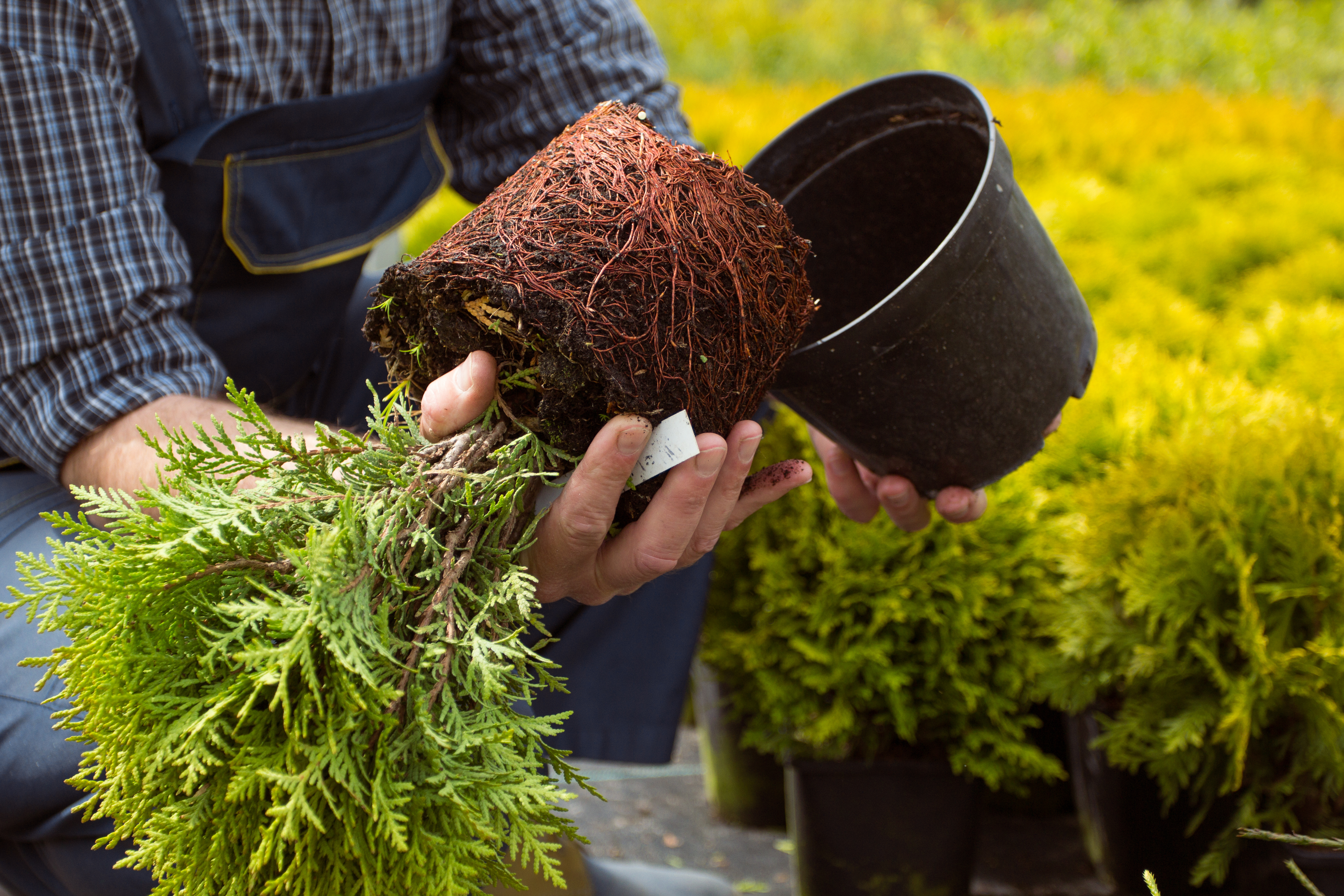How Do Self-Watering Planters Work?
Posted by Jason Wyrwicz on Aug 27th 2021

Container Gardening 101: How Do Self-Watering Planters Work?
To thrive, plants require consistent care. Unfortunately, with your business's designated gardener going on vacation, overrun employees dashing from task to task, and containers often located in areas far away from a water spigot, such as roof terraces or balconies, this can be a struggle to provide in a commercial setting. But, there is a way to avoid a workplace full of dead greenery — self-watering planters.
Overwatering reduces the oxygen in the soil, irreparably damaging delicate roots, and underwatering prevents plants from absorbing nutrients, causing them to dry out and die. But these ingenious pots give your foliage the power to decide the amount of moisture to take in, eliminating the guesswork.
Offering enhanced growth, less water wastage, and an easier life, read on to learn how self-watering planters work and other tips and tricks to help you get the most out of them.
How Do You Use a Self-Watering Planter?
A self-watering container has three key components — the planter, the wick, and the reservoir. The top section is where you place your potting mix — do note you'll need to moisten the soil (until it feels spongy, not sodden!) before using it to give your plants a chance to establish a robust root system. Beneath it sits the water reservoir, which requires refilling every so often via a small opening sealed by a plug.
The wick draws water up from the planter's base into the soil, where the roots absorb the fluid and transport it around the plant through capillary motion — similar to dipping the corner of a paper napkin into a liquid and watching it slowly spread across the surface. As long as you keep the reservoir full, your blooms will do the work of deciding how much moisture to draw out, and you won't have to worry.
How Often Do You Fill Self-Watering Pots?
Water efficiency is another significant advantage of self-watering planters. Unlike watering from above, where much of the moisture gets evaporated, storing water in the pot's base not only protects it from the sun and the wind but also prevents us from giving the plant more than it needs to grow.
To keep the system working smoothly, simply replenish the reservoir every three weeks, or possibly every other week during warmer months when flowers are particularly thirsty.
Do Self-Watering Planters Cause Root Rot?
Overwatering is one of the main reasons people accidentally kill their plants, as it starves them of oxygen, causing fungi like root rot to develop. A few telltale signs your flora might be suffering from this disease include droopy, discolored leaves, stunted growth, and mushy stems.
However, all top-quality self-watering planters include a handy overflow feature to stop plants from drowning by releasing excess water from the bottom of the pot, so the roots aren't sitting in stagnant pools for any length of time.
Keep in mind, though, that shallow-rooted plants, such as succulents, orchids, and cacti, aren't suitable for growing in these types of containers as they can't extend far enough into the soil to reach the wick. Plus, desert plants and those adapted to arid climates only require watering once they've completely dried out, which can be weeks at a time.
If you would like more information about how our self-watering planters work or have questions regarding any of our other pots and planters, feel free to contact our expert team on (855) 627-1066 or by email at sales@potsplantersandmore.com.
{ "@context": "http://schema.org", "@type": "BlogPosting", "mainEntityOfPage": "https://potsplantersandmore.com/pots-planters-blog-pots-planters-more/how-do-selfwatering-planters-work/", "headline": "How Do Self-Watering Planters Work?", "image": { "@type": "ImageObject", "url": "https://potsplantersandmore.com/product_images/uploaded_images/how-do-self-watering-planters-work.jpg", "width": 5184, "height": 3456 }, "datePublished": "2021-08-27", "dateModified": "2021-10-20", "author": { "@type": "ORGANIZATION", "name": "POTS PLANTERS & MORE" }, "publisher": { "@type": "Organization", "name": "POTS PLANTERS & MORE", "logo": { "@type": "ImageObject", "url": "https://www.facebook.com/Potsplantersandmore/photos/a.556076991133022/1002789956461721/" } } }



